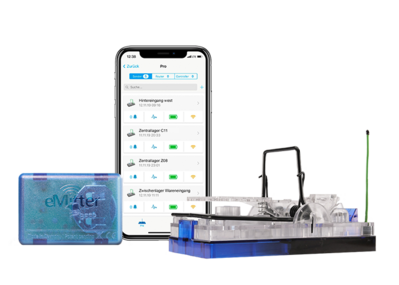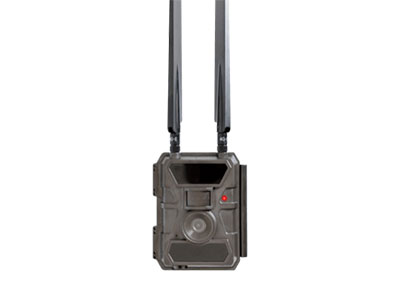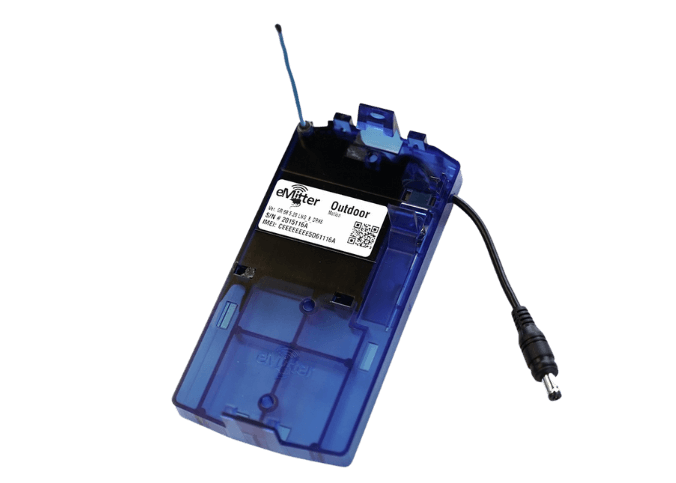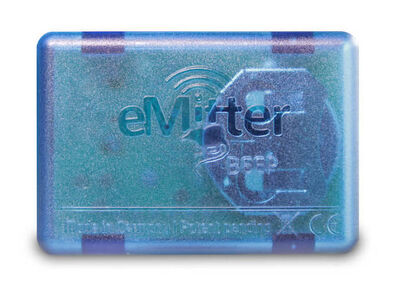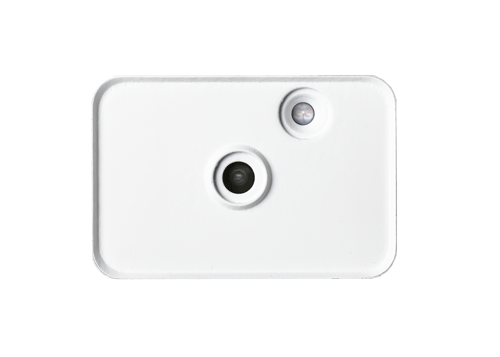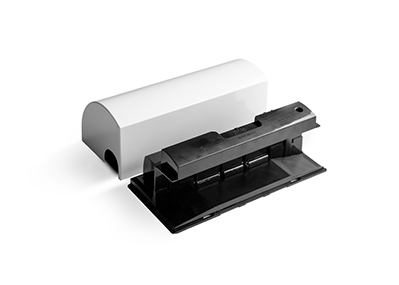EMITTER
DIGITAL PRODUCTS FOR PEST CONTROL
Digital products from Emitter save you the daily manual inspection of all traps in use, which is required under the Animal Welfare Act. Instead, the boxes and traps are directly connected to servers and cloud applications. Sim-card equipped traps or connection gateways enable 24-7 permanent monitoring from one to tens of thousands of traps worldwide. As soon as a malware gets trapped, the responsible person is notified about it via email, app or interface into your software. He can now go directly to the triggered trap and reactivate it and document actions. In addition, high-tech management of Internet-of-Things devices is possible at any time and from anywhere in the world, allowing you to monitor images, batteries, signal strength and other parameters in real time.

Safe alternative for the food industry
Hygiene standards require the elimination of rodenticides in food processing plants: Emitter uses only non-toxic baits and humane traps.
Flexible application possibilities
Energy self-sufficient trap system with interference-proof radio connection and simple installation.
Compliant with German animal welfare law
Compliance with the guidelines, as automatic permanent control is guaranteed 24 hours a day, 365 days a year.
High transparency
Seamless recording, evaluation and storage of all relevant data (e.g. statistics on infestation levels and rodent species) through online documentation.
Reliable monitoring
24/7 automatic controls of the stations.
High efficiency in the fight
Immediate death of the rodent in impact traps, remaining in the trap. Green, sustainable and safe. The use of different types of traps allows for the best results in control.
EMITTER - THE BRAND
WE LOVE DIGITAL PEST CONTROL - DO YOU?
Many pest control companies around the world are increasingly turning to digital pest products. So IoT-powered traps, motion sensors, camera solutions and artificial intelligence analytics against rodents, but also increasingly against insects for fully monitored operations. We practically invented this in 2006 and have been the independent market leader in the field of alternatives and Internet-of-things solutions ever since. Thousands of professional pest controllers worldwide – from start-ups to family businesses to corporations – trust Futura’s Emitter® products.
However, it is not as you think: digital traps and more have not been invented because poisons are increasingly banned. They were invented by us at that time, because poisons simply did not help anymore. Many leading professionals have only used traps against large populations of mice and rats, as well as, of course, other solutions in the IPM concept such as waterproofing and co.
When the “switch” from poisons to professional traps like GorillaTraps® took place at that time, there was quickly the problem of daily control – not only because of the animal welfare law, but also because it is much more efficient from a professional point of view to directly receive a report about a caught mouse/rat.
So, Emitter was invented back in 2006. At the time, an American auditor at the first customer in Dortmund said “this will revolutionize the industry” – and he was to be proved right.
The advantages are obvious:
- Low workload
- 24/7 – 365 control and direct reporting
- No more daily manual control
- much faster fight
- Faster detection of pest penetration before the infestation becomes large
- clever integration into documentation or planning of operations “on scale
- Security thanks to the Internet-of-Things which makes everything 100% transparent
- Data protection of all data on servers
- 100% toxic free
- globally scalable
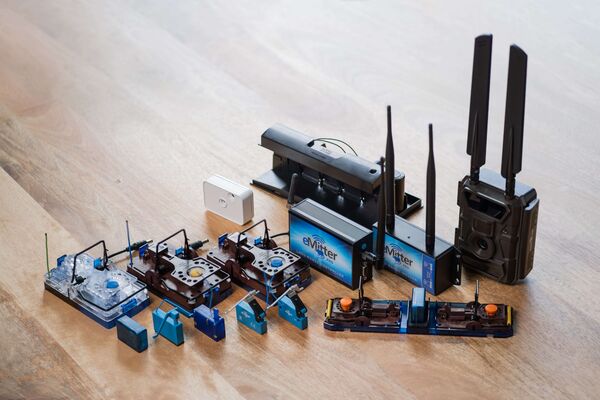
Another advantage is that in audits from IFS, BRC, AIB and others, best results are often achieved with digital traps because the control is changed from “once a month” to “around-the-clock”, which is an advantage in 100% of cases.
So for professional pest controllers, everything is getting better thanks to digitalization.
With SIM card-driven traps and a wide range of IoT products and software to choose from, you can custom dress them into your service. Leading customers worldwide – the who’s who of the food industry – have trusted Emitter products for nearly 2 decades.
TRADITIONAL PEST CONTROL VS. MODERN PEST CONTROL
At Futura, we have made it our mission to custom build products to meet your needs. PestCam is the first camera for hard-to-reach places or sewers with image sending directly into the app. NARA is a world-renowned solution for toxin-free monitoring, with sales in the millions each year. GorillaTraps are the most humane traps in the world and probably the most popular trap among professionals in Europe. RatCap is a revolutionary IPM sealing solution for the duct. Greenhero stands for poison-free sprays and repellents, which are very popular throughout Europe. And Emitter is THE brand for Internet-of-Things and software for professional pest controllers with patented technology Made in Germany and over 100,000+ digital traps, sensors and cameras sold.
Each of these products was created through you: Through conversations with professionals, with customers, with auditors and scientists – Futura has been listening and delivering solutions since 2002.

TRANSMISSION TECHNOLOGY
Internet of Things solutions must above all be reliable. We use all the latest technologies for you, in cooperation with Deutsche Telekom, Fraunhofer Institute and advised by industry leaders such as Vera Schneevoigt (CDO Bosch) in our advisory board.
In the beginning, traps were networked with repeaters and gateways to form a kind of infrastructure. For this, the effort was a little higher, but the installations are now over 10 years until today reliably and cost-effectively in operation.
As connectivity becomes cheaper and cheaper, SIM operation of a trap is much better nowadays, as it allows you to set up a trap within seconds and the cost is the same and the security is higher. Futura therefore relies on SIM cards in every case and secure transmission of data directly to the server.
For example, our PestCam, Tubetrap and Emitter Cam work 100% on 4G with sub-standards such as Cat-M and NB IoT and top-level security protocols such as HTTPS and MQTT. In addition, we can change the software “over the air”, i.e. via the SIM card, and improve it at any time, just like with the iPhone. The data is stored in servers in Germany for you and our availability has been excellent 99.99% for our customers. We are very proud of that.
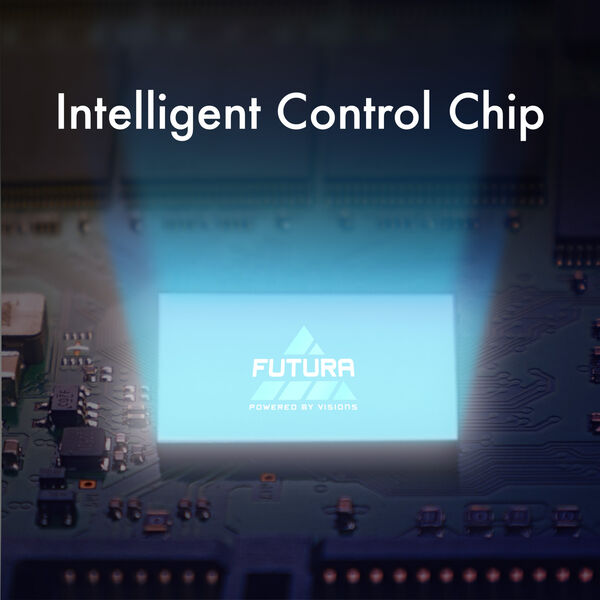
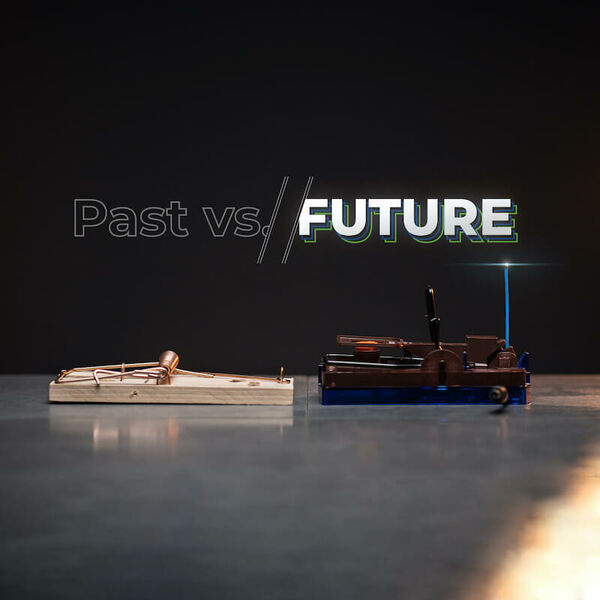
After you choose a digital trap and get all the questions answered by our recognized experts, everything goes very quickly. The traps are installed with the app in seconds (QR code is scanned) and set up. So you can set up thousands of traps for all your customers or just 2 in a small restaurant – it’s up to you.
We offer all software from a single source. So, in the free Emitter app or our cloud log-in, you can view and manage all the data and perfectly satisfy your customers.
At the same time, we can also connect our cloud to yours via API and smartly connect the IoT data from our devices to your software.
Last but not least, we of course also work with the market leaders in Pest Control software such as PestScan, Nector, Hygitec and many more.
Software is tailor-made for you and with over 20 years of experience we implement each project individually with you.
WEBINARS DIGITAL PEST CONTROL
The Futura Academy is a learning platform around the topic of modern pest control of the present and future. Our training offer covers all areas you have to deal with in the industry or as a pest controller: Digitalization, Laws, Standards, Sustainability, ESG and more.
You can get free training here or book our valuable webinars that will award you the “Digital Pest Control Expert” certificate. A perfect foundation for IoT in our industry and for you an independent education that will enable you to make strong decisions and manage digital systems professionally.

WHAT DO OUR CUSTOMERS SAY?
We have digitized over 1,000 pest controllers with our IoT since 2006 with well over 100,000 devices. This is market-leading and unique after service provider groups such as Rentokil and Anticimex. We have been actively shaping IoT for our industry worldwide. We are proud of this and we will continue this tradition.
We see our customers as partners. You provide ideas, feedback for over 15 years and we actively develop products with you and for you. That’s why Futura products are almost always sold out before launch, because our existing customers know what they’re getting: Quality and customized innovations that create added value.
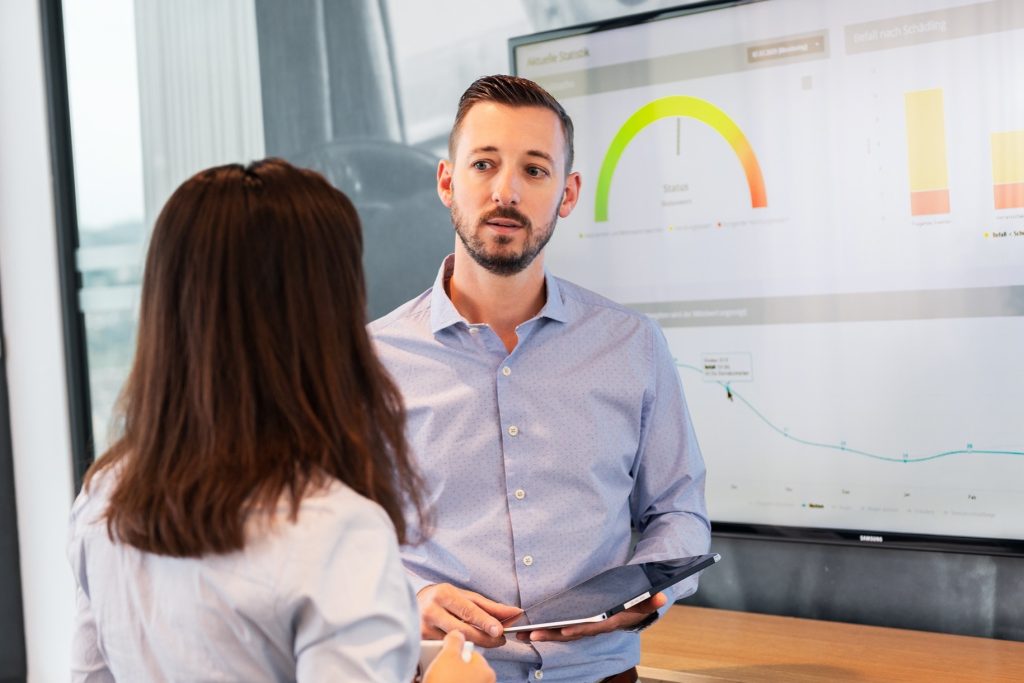
Desinfecta is an innovative pest control company from Switzerland since 1921. The partnership between Desinfecta and Futura began over 10 years ago. As a result, they were one of the first partners to rely on the Emitter across the board and saw a lot of potential in digital solutions.
At that time, Desinfecta was already striving to reduce rodenticides and manual control intervals. Desinfecta’s customers are still enthusiastic today and after more than 10 years of cooperation, things are still going strong, not least because Emitter stands for sustainable quality.
FAQ
Below are answers to questions that often come up when switching to digital.
First of all, you need to know exactly where your company wants to be in 5-15 years. How much do you want to change and in what direction? Accordingly, you would also need to pick your IoT system. Maybe only a basic system that sends emails is enough. Maybe you need a PRO variant that is fully integrated with your ERP / doc systems and supports you with artificial intelligence and smart image recognition. Maybe you only need digital rat traps because you only work for municipalities and cities. Maybe you need something for each species because you work for supermarket chains or food companies. Basically, however, the greatest advice applies – try before you buy – always and first of all. We always advise: buy 3-4 or 10 solutions and try around with them for 1-2 years. Because: many companies promise you the yellow of the egg, but deliver only a prototype. It is important, especially in pest control, that the IoT solutions are secure, that the company is serious and will exist for a long time (not a start-up that sells your data to the competition after 3 years as happened earlier with Wisecon in 2017). But also that standards such as IFS and AIB accept the products.
So, get to know the manufacturers, pick the most promising ones and build a relationship with them. Sign up for newsletters, check out the Youtube interviews / podcasts and also see what the “big guys” of the Pest Control world are doing. In this way, you will learn after only 1-2 years whether the digital traps suddenly “give up the ghost” and it was not so important after all that they were 10-20€ cheaper or whether they work well and reliably for you and your customers.
Tip: Always think holistically: it’s not just about how expensive a product is. Also consider the follow-up costs and actively ask companies what the costs will be if you have 10-20,000 of these installed in, say, 2030. Not that there is a cost trap coming your way. Also, always look for battery runtimes as well as that the processes are sustainable. If you have to buy new batteries every 6-12 months, they cost a lot of money to begin with, and that’s not necessarily sustainable. However, your biggest cost will NOT be the product cost, but your time and that of your employees = the trips to and from the customer and the hours that could have been better spent on billable services.
As you can see, this is not an easy topic to answer, so it is best to contact our consultants so that they can offer you what suits YOU best from our product portfolio.
Do good research beforehand. The company should not exist since yesterday. If the products are also 10€ cheaper, pay attention to how long and how many of them are already installed with which references. Never allow yourself to be pressured in the process. Some companies advertise a solution (because they may also get discounts for it), but have only installed 200-300 of the devices themselves for 6 months. We have already seen that startup solutions stopped working after 6-12 months and the startup suddenly disappears, along with the customers’ money… Also make sure that the team is big enough, because of course you also want a sustainable and good support for your digital journey.
Pro Tip: Be sure to pay attention to the structure of the company you are buying from. If it is a start-up with e.g. angel or venture capital investors, then caution is advised, because such companies are usually built up quickly with other people’s money, invest primarily in marketing, and then sell the start-up to other large market participants after 5-7 years. So imagine how bad it would be if your data suddenly ended up with your biggest competitor. In 2017, Wisecon sold to Anticimex and suddenly – half a year later – it was announced that all Wiseboxes that were purchased will no longer work. A great damage for all SBKs who bought from Wisecon at that time. There are more of such cases, so here is v.a. caution. Most of the time, patience pays off, because it’s the only way to get to know the company and its sales team better.
Always take your time and try the solutions at your leisure. As a result, become digital professionals yourself and openly communicate that you are talking to other companies as well. So after 1-2 years you can make the best decision for yourself.
An important note is that some food standards do not accept wifi/wifi solutions for security reasons. These are often not advisable.
Basically, it can be said that the 4 and 5G standards are the way of the future. No more gateways, repeaters, but direct transmitting devices.
Why?
Much easier installation, manageable and predictable cost structure (becoming more and more affordable), high security, extremely high flexibility and made for small installations with only one trap up to thousands.
Basically, a lot has happened here in the last 5-10 years. Where the SIM card used to be the most expensive thing, today it is very affordable, secure, scalable and “the way to go”.
Of course, it is always true that the more you buy, the better the cost will develop for you.
Just make sure the companies don’t have any hidden costs. What we have already observed:
- Costs increase when you exceed thresholds, e.g. from 100 sensors or from 20 customers
- Costs increase if you want to use feature XYZ
- Costs increase if you want to have an API to your own ERP/docu
- There are “gag contracts” that force you to buy a minimum number of products per year; don’t be pressured here and decide cautiously.
Otherwise, it’s fair to say that most systems have gotten cheaper and cheaper over the last 10 years and are therefore 50-60% “affordable”/fairly priced.
Tip: Often you can also negotiate that you pay in advance for e.g. 4 years and thus get good discounts.
This is only one option. Most systems come with everything, so you don’t need anything extra. It all depends on how your business works and whether you use your own or third-party software.
The good news is that our transmitters work with all third party vendors free of charge for you (PestSoft, Hygitec, PestScan and many more). But also the connection via API to your own solution, or one developed for you by an IT company, does not cost much money (just ask our team about it). As a rule, we are talking about 1-4 man-days of effort.
Tip: A “simple” solution is usually enough for customers. So start with one customer first and try it out. After that, you can think about what further steps to take. Step-by-step, you can thus expand everything and become completely digital.
Without much ado, it starts at 10-15€ for audio monitoring sensors.
It continues at around 25-75€ for Bluetooth or wifi devices.
Then it goes on from 30-75€ with the 868Mhz short and long range devices, where of course repeaters and gateways are added (about 100-500€).
At 30-200€ we are looking at 4G/5G GSM devices, depending on features, plus SIM and server costs.
There are also absolutely special solutions that can cost over 1,000€ (multi-catch traps), but these are rather the exception and do not make much sense “on scale”.
It is important that with GSM solutions it is easy to calculate: I need 100 traps = 100 x 50€ plus e.g. 0,5€ monthly = total cost on 3 years of XYZ€.
With the infrastructure solutions with repeaters and gateways the calculation is much more difficult, because I don’t know from the beginning if I need only 20 repeaters on 100 traps or even 40, and the same applies to the gateways…
Therefore, the trend is clearly towards the easier-to-install GSM / 4G / 5G solutions, as these simply win everything in terms of cost and convenience.
Basically, there are several types of costs:
- Hardware costs (mostly one-time, or as rent/lease)
- Software costs (for servers, data analysis, tools, security updates, access by different users, customer accounts, etc.)
- Feature costs (the software additional purchase of e.g. features that can be activated digitally)
- SIM / transmission costs
- Installation and consulting costs
- Third-party costs (this would be absolutely not advisable, as some manufacturers resort to Asia products – Wlan Extener or similar, which you can buy on Amazon – as these devices are of questionable quality and security.
All in all, the cost always potentially decreases with the quantity. So if you know that you need 10,000 more digital traps by 2030, negotiate hard, because discounts are definitely possible – but also expect that the manufacturers will want to put the promises in writing in an offer/contract.
Don’t skimp on the test. Buy quietly from 5 different manufacturers the devices and test them min. 6 months, more likely 12-24 months.
You can’t imagine how many solutions give up the ghost after only 6-12 months. Would be quite a pity if you then already ordered the next 500 pieces. Avoid too much financial risk here.
Where you should test them is quite clear: in the field. Never just at your warehouse or office.
Put the IoT devices outside, in the sun, rain, snow or in the wet / cold factory, dry dusty warehouse, etc.
You have to find out whether the devices really deliver what they promise and that too over a period of more than 6 months.
This time is well invested and ensures that you don’t lose 150.000€ – like a meanwhile very good and longtime customer of ours – because the devices broke down and he was left sitting on his money without further support or rework from the IoT manufacturer company.
- How long have you been manufacturing IoT devices?
- How many support staff do you have?
- How many customers do you have?
- Can I make a phone call to your customers who have been using your system for <2 years?
- How many products do you have?
- Are all CE, FCC, Tüv certified?
- What industries have you sold your equipment to so far?
- How long do your devices last? What happens after the warranty? ( refurbishment, support costs etc. )
- How long does your battery last?
- Are the batteries certified (fire protection)?
- How do I change the batteries and how often do I need to change?
- Where are your servers located?
- What is your shareholder structure? (Investors looking to sell quickly? Venture capitalists? Data loss after sale is very high here. Best to buy from long-standing family businesses or big names that have been serving a very long, very large number of customers).
- What are your service times?
- Do you provide on-site support?
- How many reds do you have in the field already? And for how long?
- What do you think about the competition (pay close attention to whether it’s an honest answer or just a sales pitch)?
- Which documentation systems do you work with?
- Which radio standards do you serve?
That should help you for now. It is best to open the questions in a video call / phone call so that you can take notes on them. And mark the 5-10 questions that are most relevant to YOU.
In Europe, consumer protection and especially data protection are very important, which strongly protects entrepreneurs and consumers. The company therefore has no choice but to behave correctly. Data protection and discretion as well as IT systems that manage this automatically are intrinsic and important, but especially standard in IT companies.
Rumors of data being passed on or even sold are actually rather unrealistic.
The company would be sued immediately, would lose directly and the reputation in the industry would be directly gone.
But, what you should look out for is that the companies are professional and assure you that you will be discreet and objective with the clients.
In addition, you can ask for and discuss the T&Cs and privacy statements.
Furthermore, we recommend that you inquire whether the server locations are in Germany or the USA, for example, since completely different laws apply in the USA, which also sometimes handle data a little more loosely. Amazon Web Services and similar services in particular should not be completely ignored.
Most importantly, the companies are self-certified (ISO, etc.) to show that it is a regulated organization that is willing to handle processes professionally and also document them, for a traceable partnership.
However, it is even more important that the IoT devices are tested, including by TÜV Süd / Nord or Phönix Kontakt etc. (to name a few) as well as that the devices are CE tested and there has also been a radiation evaluation of the radio devices (RED). CE tests from Asia are often not worth as much as from a reputable German / EU company.
“FCC” – the American standard – is not necessary in Europe, but helps to meet even higher standards.
In addition, you should make sure that the devices are also accepted by food industry standards, because they / their auditors see IoT systems in the field every day and know exactly which ones work and which ones tend not to.
Therefore, the less technical but very practical certificates from IFS (International Featured Standard) for Pest Control (current guideline version 7 will be published in April 2022) are very relevant as well as certificates from AIB (American Institute of Baking) or also Marcs and Spencer, Sainsburys or TESCO.
It is advisable to talk to auditors or read the latest standards, as they often and currently provide more and more guidance on digital pest control devices.
Free of charge on Youtube or in our Academy / Webinars and especially in free consulting sessions (our recommendation, because even more individual).
We do the “Future Day” 1x per quarter, where leading IoT specialists report on brand new IoT topics of the future, including Caspar Preysing from PWC and the Gigabit Office of the Federal Government, Stefan Drees from 1nce, Vera Schneevoigt, CDO of Bosch and many more. Our customers and friends of the house may participate digitally and on-site free of charge.
This is already really very difficult, because the manufacturers all have one agenda: to sell.
But, to be honest, the agenda of us – Futura- is just not to sell, because we know that such a thing does not happen overnight and therefore we prefer to advise openly (see these FAQs) and also be happy with it, if you buy a product of the competition.
But, certainly the best are friends pest controllers. Well, there is always competition and sometimes competitors are biased here, but basically similar entrepreneurs with more experience can make the most recommendation.
We always try to let our customers talk about their experiences with our and other solutions because that is the most honest, including here:
Quite clearly, they’re getting cheaper. As a rule, however, this only takes effect at 100-200 pieces with up to 5-10%. From 1,000 pieces, however, should then possibly go more with up to 20%. But the jumps are also getting bigger: so from 5,000 / 10,000 pieces possibly 30%.
But there are also many companies – similar to Tesla / Porsche – that do not give discounts. Here, the same price is demanded for the small quantity as well as for 10,000 pieces.
In the end, it’s a matter of taste, but there are certainly both on the market, depending on the quality.
To be honest, it is probably enough to deal with the issue slowly.
It certainly gets more explosive every year, and the “big guys” are getting faster and better, however, the solutions are also getting better and cheaper, so a later entry is often worth it, because you get in “better”…
However, beware of reputation loss. So what this means is that if your competitor is already doing very active marketing for “digital” or “IoT” and targeting all of their customers and possibly yours as well, then since you don’t have a say yet, you might be at a disadvantage. And then the race to catch up has already passed you by before you could participate.
Our tip is therefore: Stay tuned, inform yourself today, test devices and become an expert. Then you can also act spontaneously and offer it to your customers. But if customers realize right away, “Oh, he doesn’t offer that at all and probably never will,” they might – without your knowledge – inquire with the competition.
Moreover, if the legal situation should change significantly in the next few years and poisons etc. are further banned, then IoT could develop rapidly and suddenly be in great demand. Leading standards such as IFS have already set an example and many more will follow. The “tipping point” may have been exceeded.
In 2015, there were – according to experts’ estimates – about 50,000 IoT devices. By 2022, the figure will probably be over 500,000. We expect over 1,000,000 units as early as 2023, and if growth then becomes exponential, we can expect 50,000,000 in 2027.
So, don’t lose track of time and better be there today before the train races past you.
